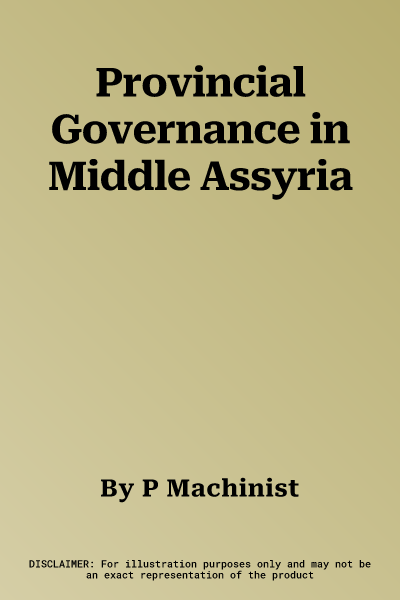In the latter fourteenth and thirteenth centuries B.C., the Middle
Assyrian state under went a major expansion which raised it to the
stature of a great power in the Near East. The efforts made to rule the
newly acquired territories are the subject of this paper. The first part
is an edition of five previously unpublished Middle Assyrian documents
from the Yale Babylonian Collection, which bear on the issue of
provincial government. Although not an archive, all may be classified as
economic and administrative (they include an agricultural loan and
records of disbursement), all date apparently from the thirteenth
century, and all come from the provincial site of Tell Amuda, or
Kulishinas as it seems to have been called in this period. The texts
thus link up, at least in date and provenience, with several of those
published by M.-J. Aynard, J.-M. Durand, and P. Amiet in Assur 3/1
(July, 1980). With these texts as a point of departure, the paper goes
on to collect the other evi dence for the system of provincial
governance in Middle Assyria during the fourteenth and thirteenth
centuries.The stages of growth of that system are charted, and the
nature of its various territorial units and the personnel who staffed
them is analyzed in detail. The point is made that by the thirteenth
century, at least, the provincial officials formed a clear class of
royal dependents. Any effort to see in them testimony for an oligarchic
control of the state by a small group of great families is unwarranted.

